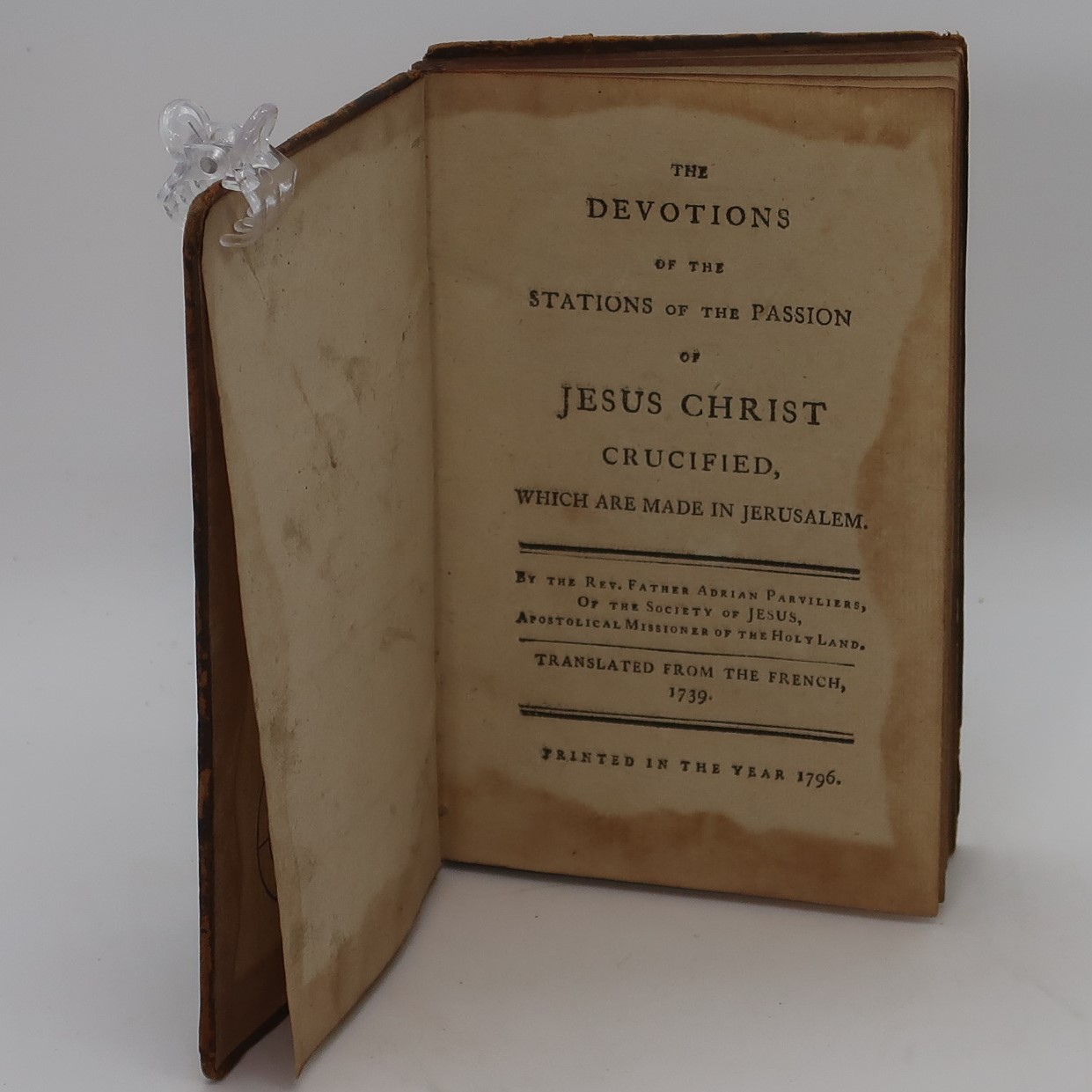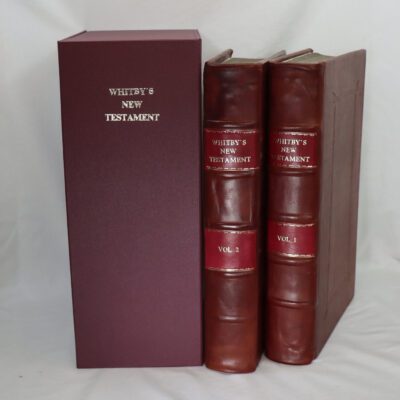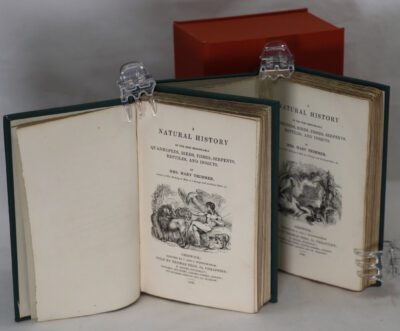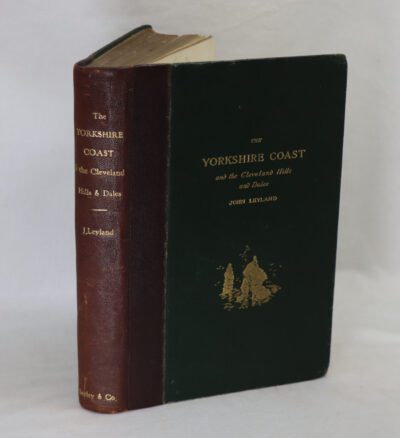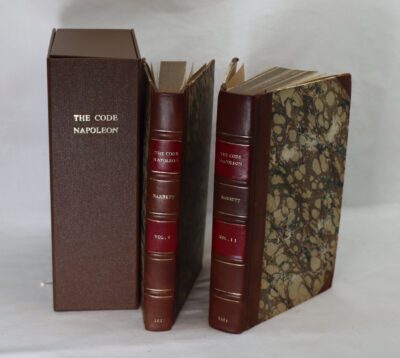Jesus Christ Crucified.
Printed: 1796
Publisher: The Society of Jesus.
| Dimensions | 9 × 14 × 1 cm |
|---|---|
| Language |
Language: English
Size (cminches): 9 x 14 x 1
Condition: Good (See explanation of ratings)
FREE shipping
Item information
Description
Brown tree calf binding. Translated from french by Rev Adrian Parviliers. Still readable after hard usage.
In the Kingdoms of Great Britain and Ireland at the time of its publication this was a ‘banned book’. This copy is reputed to have come from the library of Traquair, Scotland’s Oldest Inhabited House. Visited by 27 Scottish Kings and Queens Traquair dates back to 1107 and has been lived in by the Stuart family since 1491. Originally a royal hunting lodge, Traquair played host to Mary Queen of Scots and later as staunch Catholics they supported the Jacobite cause without counting the cost.
The crucifixion of Jesus occurred in 1st-century Judea, most likely in either AD 30 or AD 33. Jesus’ crucifixion is described in the four canonical gospels, referred to in the New Testament epistles, attested to by other ancient sources, and is considered an established historical event by many, although there is no consensus among historians on the exact details.
According to the canonical gospels, Jesus was arrested and tried by the Sanhedrin, and then sentenced by Pontius Pilate to be scourged, and finally crucified by the Romans. It portrays his death as a sacrifice for humanity’s sins.
Jesus was stripped of his clothing and offered vinegar mixed with myrrh or gall (likely posca]), to drink after saying “I am thirsty”. He was then hung between two convicted thieves and, according to the Gospel of Mark, died by the 9th hour of the day (at around 3:00 p.m.). During this time, the soldiers affixed a sign to the top of the cross stating “Jesus of Nazareth, King of the Jews” which, according to the Gospel of John (John 19:20), was written in three languages (Hebrew, Latin, and Greek). They then divided his garments among themselves and cast lots for his seamless robe, according to the Gospel of John. The Gospel of John also states that, after Jesus’ death, one soldier (named in extra-Biblical tradition as Longinus) pierced his side with a spear to be certain that he had died, then blood and water gushed from the wound. The Bible describes seven statements that Jesus made while he was on the cross, as well as several supernatural events that occurred.
Collectively referred to as the Passion, Jesus’ suffering and redemptive death by crucifixion are the central aspects of Christian theology concerning the doctrines of salvation and atonement.
Catholic emancipation or Catholic relief was a process in the kingdoms of Great Britain and Ireland, and later the combined United Kingdom in the late 18th century and early 19th century, that involved reducing and removing many of the restrictions on Roman Catholics introduced by the Act of Uniformity, the Test Acts and the penal laws. Requirements to abjure (renounce) the temporal and spiritual authority of the pope and transubstantiation placed major burdens on Roman Catholics.
The penal laws started to be dismantled from 1766. The most significant measure was the Roman Catholic Relief Act 1829, which removed the most substantial restrictions on Roman Catholicism in the United Kingdom
The Society of Jesus also known as the Jesuits, is a religious order of the Catholic Church headquartered in Rome. It was founded by Ignatius of Loyola and six companions with the approval of Pope Paul III in 1540. The society is engaged in evangelization and apostolic ministry in 112 nations. Jesuits work in education, research, and cultural pursuits. Jesuits also give retreats, minister in hospitals and parishes, sponsor direct social ministries, and promote ecumenical dialogue.
The Society of Jesus is consecrated under the patronage of Madonna Della Strada, a title of the Blessed Virgin Mary, and it is led by a Superior General. The headquarters of the society, its General Curia, is in Rome. The historic curia of Ignatius is now part of the Collegio del Gesù attached to the Church of the Gesù, the Jesuit mother church.
Members of the Society of Jesus are expected to accept orders to go anywhere in the world, where they might be required to live in extreme conditions. This was so because Ignatius, its leading founder, was a nobleman who had a military background. Accordingly, the opening lines of the founding document declared that the society was founded for “whoever desires to serve as a soldier of God, to strive especially for the defence and propagation of the faith, and for the progress of souls in Christian life and doctrine”. Jesuits are thus sometimes referred to colloquially as “God’s soldiers”, “God’s marines”, or “the Company”.
The society participated in the Counter-Reformation and, later, in the implementation of the Second Vatican Council.
Condition notes
Want to know more about this item?

Related products
Share this Page with a friend

